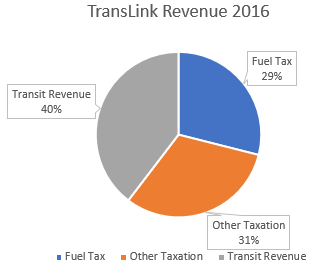If you’ve travelled along 204th Street between 53rd Avenue and Downtown Langley recently, you’ll have likely noticed some changes to the crosswalk at the 54th Avenue intersection.
 |
| Construction crews working on enhancing the crosswalk at 204th Street and 54th Avenue. Select image to enlarge. |
This crossing is well used by people in the area including many seniors. Because of the large width of the road, people driving vehicles regularly fail to stop for people that want to use the crosswalk. The width of 204th Street in that area also encourages people to speed along the corridor. I use that crosswalk regularly, and have lost track of the number of near-misses and failed stops that I have experienced from people who drive through that intersection.
One of the recent changes to that intersection is the installation of a pedestrian-controlled flashing crosswalk. The crosswalk also includes enhanced lighting which will improve crosswalk visibility. Given the amount of days with grey skies and/or rain in Langley City, this is a major safety improvement.
Slowing down traffic is key to creating safer streets. People walking have an 80% risk of dying when hit by a person driving who is going 50km/h or higher, but only a 10% risk of dying when hit at 30km/h or less.
 |
| Enhanced crosswalk at 204th Street and 54th Avenue, looking north. Select image to enlarge. |
 |
| Enhanced crosswalk at 204th Street and 54th Avenue at street level. Select image to enlarge. |
 |
| Enhanced crosswalk at 204th Street and 54th Avenue, looking south. Select image to enlarge. |
The pedestrian island which is featured in the preceding pictures serves three purposes. It enhances the visibility of people crossing, it reduces the amount of time a person is exposed directly to traffic, and it slows people driving down. All of these create a safer and more inviting walking experience.
One of Langley City council’s strategic priorities is to build a “multi-modal transportation network within the community and to encourage greater pedestrian and cyclist use.” Improving safety is key to encouraging more walking and cycling.
The crossing at 50A Avenue at 208th Street is getting a similar safety enhancement. I look forward to seeing safer crosswalks being rolled out throughout Langley City.






































